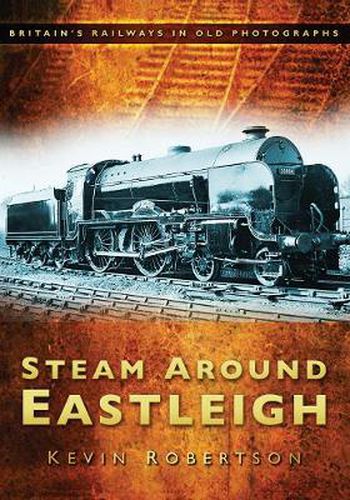Readings Newsletter
Become a Readings Member to make your shopping experience even easier.
Sign in or sign up for free!
You’re not far away from qualifying for FREE standard shipping within Australia
You’ve qualified for FREE standard shipping within Australia
The cart is loading…






The years between 1947 and 1962 witnessed a revolution in rail transport. Locomotives which had been retained for war service were now being retired and replaced by newer designs. Side by side, they presented a unique comparison. Eastleigh was the main steam works and shed for the Southern Railway, and would, over the years, see engines of all types. Some arrived at the nearby shed for service, some for repair and others passed through on their last journey to the scrap yard.
One man, Walter Gilburt, recorded these scenes. Part of this collection is used in this book, almost every type of locomotive that visited Eastleigh and images of engines from other regions and private lines nearby. These pictures, supported by informative and detailed text, illustrate not only the trains, locomotives and their sheds, but bring to life a nostalgic record of the Eastleigh railway scene as it was forty years ago - a time when nearly every family worked on, or knew someone associated with, railway life.
$9.00 standard shipping within Australia
FREE standard shipping within Australia for orders over $100.00
Express & International shipping calculated at checkout
The years between 1947 and 1962 witnessed a revolution in rail transport. Locomotives which had been retained for war service were now being retired and replaced by newer designs. Side by side, they presented a unique comparison. Eastleigh was the main steam works and shed for the Southern Railway, and would, over the years, see engines of all types. Some arrived at the nearby shed for service, some for repair and others passed through on their last journey to the scrap yard.
One man, Walter Gilburt, recorded these scenes. Part of this collection is used in this book, almost every type of locomotive that visited Eastleigh and images of engines from other regions and private lines nearby. These pictures, supported by informative and detailed text, illustrate not only the trains, locomotives and their sheds, but bring to life a nostalgic record of the Eastleigh railway scene as it was forty years ago - a time when nearly every family worked on, or knew someone associated with, railway life.